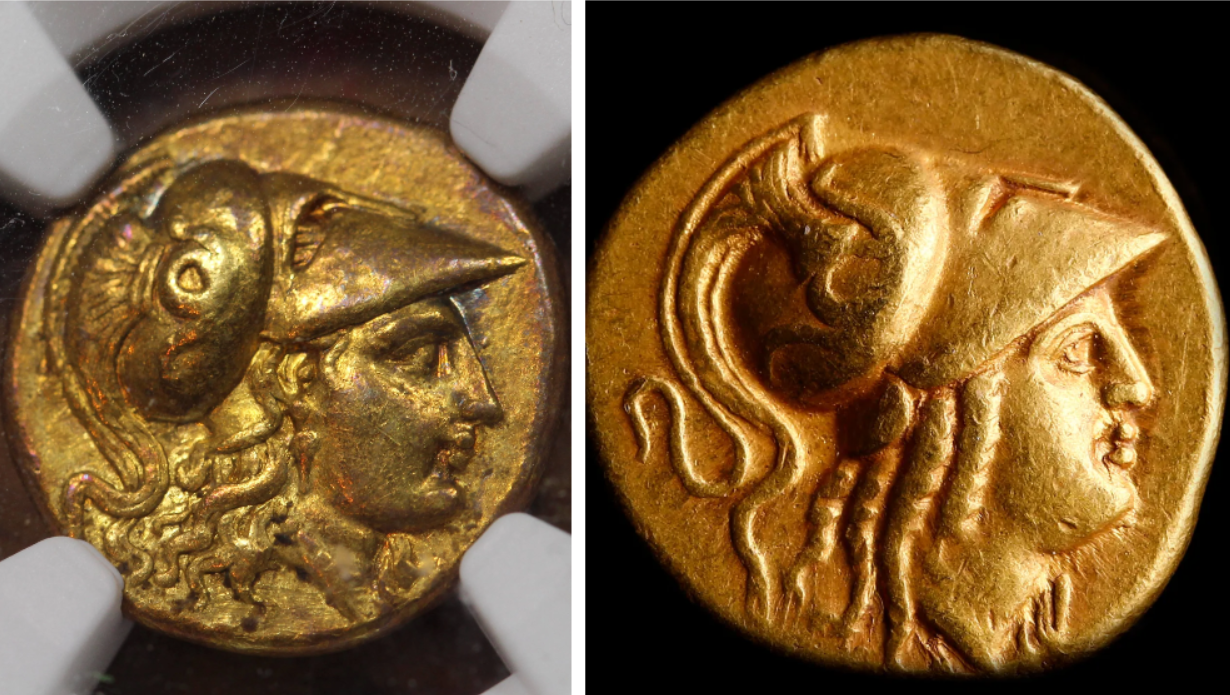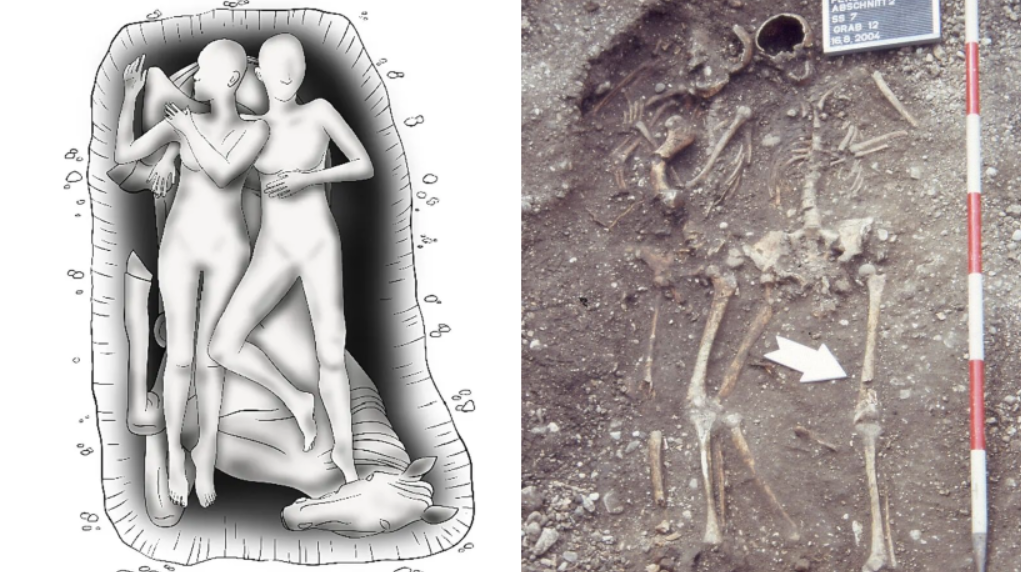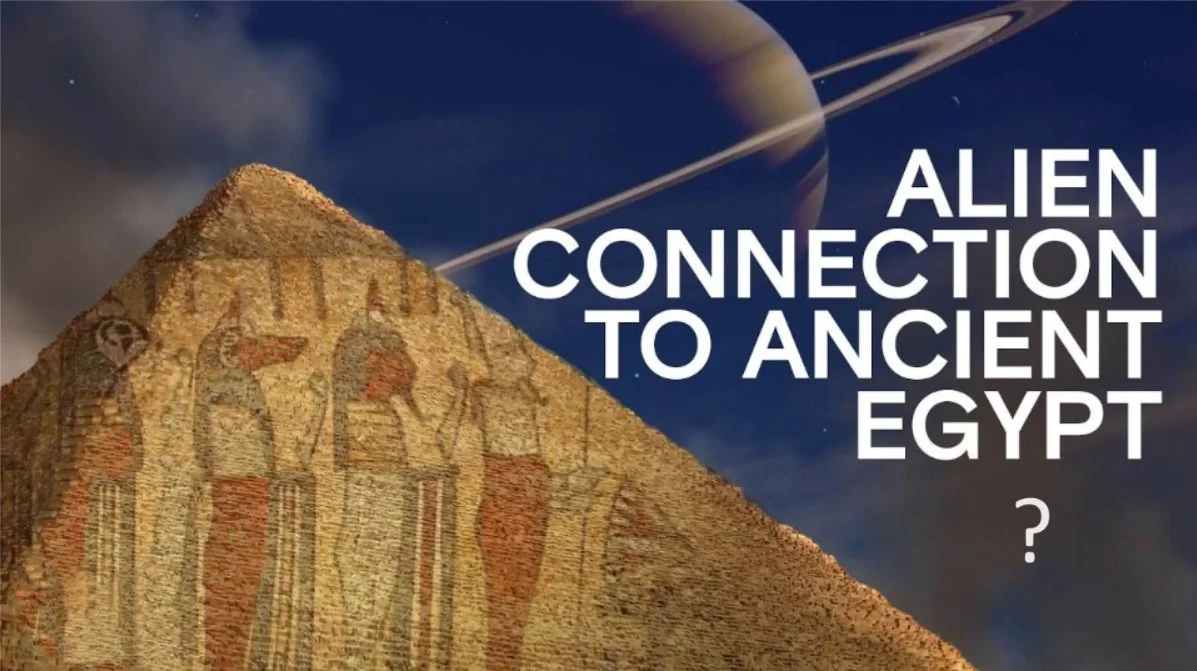The Jolotundo Temple lies on the slopes of Mount Penanggungan, one of the sacred mountains of Java. It is a place of spiritual power and a sacred spring (petirtaan)
The temple is set into a steep, forested hillside. The enclosure contains stone pools filled with spring water which is said to have strong healing and cleansing effects. Before you arrive, incense fills the air, as you start hearing the sound of running water. Offerings of petals float in the water.
The sacred springs (petirtaan) of Java
There are many holy springs throughout Java. But the water of Jolotundo is said to be particularly powerful. The spring was probably considered sacred long before the temple was built, and of all Mount Penanggungan’s temples it is the one still most venerated today.
In the daytime these pools are generally visited by tourists and casual visitors. True pilgrims arrive at dusk to meditate, pray and bathe in the waters for healing and renewed energy. People travel from all over Java to bathe in Jolotundo.
Pilgrims come from all faiths, as this is a Javanese sacred place which predates even Javanese Hinduism and the imported Abrahamic religions. After bathing, pilgrims usually take bottles of holy water away for later use.
The temple is built in Javanese andesite stone, with refined carvings that stood the tests of time. The Jaladwara (‘water gates’) from which the water flows is a Nāga, the serpent-guardians of the rivers and lakes.
In Java, bathing in sacred pounds (petirtaan) after dusk is considered to be more effective. The energy is said to be best between midnight and 2 am.
Due to the creeping islamization however, men and women now have to bathe separated in two different pools. Some of the more radical Moslem visitors there might try to convince you that “the early hours of Friday morning are actually the best time to visit”, or that the water here is “the second best in the world, after that from the ‘zamzam’ well in Mecca”.
In reality though, the most powerful nights are said to be those of a Full Moon (Purnima), or of a Kliwon Tuesday, when the second day of the seven-day calendar coincides with the last day of the the five-day Javanese week. On those nights, the temple is really busy and you have to queue for a long time to bathe in the holy waters.
An ancient subak Temple
Jolotundo is a also an ancient water temple that was used in the Hindu-Javanese water management system (subak) that is still in use in Bali but has been disregarded in Java in the past four centuries.
The water from this temple is of very high quality — even from a purely biological standpoint, the Jolotundo water has been ranked in studies as the third best water in the world for its high quality minerals. Even when keeping the water for long time (two years) the smell, color and taste of the water did not change at all.
A major ritual occurs in the temple every year for Melasti, the Indonesian Hindu ritual held to cleanse the soul and nature ahead of Nyepi, the annual Day of Silence. Melasti is performed at the ocean shores, in lakes and in rivers and at sacred springs. It is a ritual of purification of both buana alit (Self) and buana agung (the Earth).
Jolotundo’s real name is Jalatunda, since the Javanese colloquial language replaces the vowel a by o. To understand the original Sanskrit meaning of most Javanese words, you therefore must replace the o by a — then the meanings become more evident: Jala means ‘water’ in Sanskrit and tunda means ‘mouth’ or ‘beak’. There exists another sacred spring called Jalatunda on the Dieng plateau for example.
Near Jolotundo, there is another sacred bathing place, Candi Belahan, on Mount Penanggungan’s eastern slopes. It is also known colloquially to the locals as ‘Candi Tetek’ (“Breasts Temple”), because the water there comes from the ample breasts of a statue of Goddess Lakshmi (a manifestation of Dewi Sri).
The sacred geography of Mount Penanggungan
Mount Penanggungan is considered one of Java’s most sacred peaks, right after Mount Sumeru (Java’s highest peak), the home of the gods in Javanese Hinduism. The mountain, shaped like a perfect cone, is said to be the broken summit of the mythical Mount Meru.
In Old Javanese, tanggung means “to take on a burden”, therefore pananggungan might mean “the place where the world is supported”. So it is possible that the name of the place reflects its ancient function — a place where Javanese ascetics and kings “took on the burdens of the world” by connecting with Shiva.
Penanggungan is therefore a particularly revered mountain. This whole area has always been one of the spiritual cores of Java. There are 81 temples on its slopes, which has a numerologic significance (9 x 9).
Out of all these, Candi Jolotundo is the oldest and most sacred. It is considered the main starting point for the one-day walk that can bring you to the summit of Mount Penanggungan.
The pilgrimage route passes through many sites of great interest. After a while, the subsidiary peak of Bekel can be viewed on the left of the path. Above the agricultural land, on the higher, forested slopes, numerous temples appear at intervals of approximately 200 metres. These are ideal places for meditation, as the trail is not very frequented.
The mountain’s perfect cone is visible from the Majapahit capital in Trowulan, around 30 kilometers to the west. For centuries, pilgrims made their way up from Trowulan towards the sacred summit. In 1543, Mount Penanggungan was captured by the Moslem state of Demak. The temples were then hidden by the locals among the trees to protect them from destruction.
How to visit the area
Candi Jolotundo is located near Seloliman village (Trawas district) on the eastern slope of Mount Penanggungan, at an altitude of 500m. It is only a short distance from the main road connecting Surabaya and Malang.
There is a small office booth there where you can find a guide for climbing. This is important because the trail is not always very clear and there are numerous farm tracks which can add to the confusion. The route is however marked with red arrows painted on rocks and trees.
Pilgrims can find places to stay in the nearby hill resorts of Trawas or Tretes. The closest accommodation to the mountain is perhaps PPLH Environmental Education Centre, west of the mountain, where you can also find guides., a kilometer downhill from the Jolotundo temple. This is the best place to start from if you want to make your way up to the summit of the sacred mountain.
Source: Kalpavriksha











